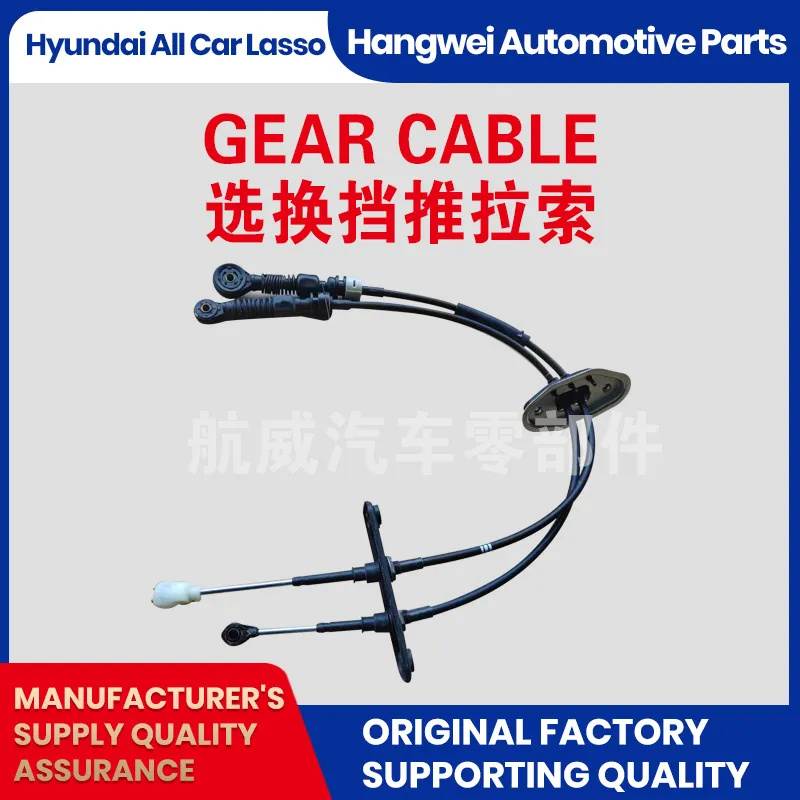Hydraulic Line for Clutch Master Cylinder System Maintenance and Replacement Guide
Understanding the Role of the Clutch Master Cylinder and Hydraulic Line
When it comes to the operation of a manual transmission vehicle, the clutch system plays a vital role in ensuring smooth gear changes and overall performance. One of the unsung heroes of this system is the clutch master cylinder. Understanding its function and the significance of the hydraulic line that connects it to other key components can help you appreciate the intricacies of vehicle mechanics.
What is a Clutch Master Cylinder?
The clutch master cylinder is a crucial component in the hydraulic clutch system, responsible for transferring force from the clutch pedal to the clutch mechanism. When a driver presses the clutch pedal, this action compresses hydraulic fluid within the master cylinder. This hydraulic pressure is transmitted through the hydraulic line to the slave cylinder, which then disengages the clutch plate, allowing the driver to change gears smoothly.
In essence, the clutch master cylinder acts like a force multiplier. A small amount of force applied to the pedal translates into a much larger force at the clutch, allowing for the disengagement of the engine from the transmission with minimal effort from the driver.
The Hydraulic Line
The hydraulic line that connects the clutch master cylinder to the slave cylinder plays a pivotal role in this system. Typically made from rubber or reinforced plastic, the hydraulic line is designed to withstand high pressure and temperature fluctuations. It must remain fluid-tight to prevent leaks, which could lead to reduced clutch performance or complete failure of the clutch system.
The hydraulic line serves as the conduit for the pressurized hydraulic fluid. When the driver disengages the clutch pedal, the hydraulic fluid flows through this line, activating the slave cylinder, which, in turn, disengages the clutch. Proper maintenance of this line is critical, as any wear or damage can lead to air entering the system or fluid leaks, resulting in a spongy clutch pedal feel or inability to disengage the clutch.
Symptoms of Clutch Master Cylinder Failure
Like any mechanical component, the clutch master cylinder is susceptible to wear and tear over time. Recognizing the symptoms of failure can save drivers from more severe issues down the road. Common signs include
1. Difficulty Engaging Gears If the vehicle struggles to shift gears or experiences grinding noise, it may be indicative of a malfunctioning clutch master cylinder. 2. Spongy or Soft Clutch Pedal A clutch pedal that feels soft or spongy when pressed could indicate air in the hydraulic line or a failing master cylinder.
clutch master cylinder hydraulic line

3. Fluid Leaks Noticing hydraulic fluid under the vehicle, especially near the pedal or around the firewall, can be a sign of a leaking master cylinder.
4. Complete Loss of Clutch Function In more severe cases, a failed clutch master cylinder can result in complete incapacity to disengage the clutch, making the vehicle undrivable.
Maintenance Tips
To ensure the longevity of your clutch master cylinder and hydraulic line, regular maintenance is essential. Here are some tips
- Inspect Regularly Periodically check the hydraulic lines for signs of wear, cracks, or leaks.
- Top Off Fluid Make sure to check and maintain the brake fluid reservoir, as the clutch system often shares the same fluid. Low levels can lead to air entering the system.
- Flush the System Over time, moisture and contaminants can accumulate in the hydraulic fluid. Flushing and replacing the fluid at regular intervals can prevent corrosion and keep the system functioning optimally.
- Professional Check-up If you experience any of the symptoms mentioned above, it’s advisable to seek professional assistance. A mechanic can diagnose the issue accurately and recommend proper repairs.
Conclusion
The clutch master cylinder and the hydraulic line are critical components of a vehicle's clutch system, ensuring seamless gear shifting and overall drivability. Understanding their roles, potential issues, and maintenance can enhance your automotive knowledge and ensure safe driving. In any event of malfunction, addressing the problem promptly can save time, money, and extend the life of your vehicle.
-
Workings of Clutch Pipe and Hose SystemsNewsJun.04,2025
-
The Inner Workings of Hand Brake Cable SystemsNewsJun.04,2025
-
The Secrets of Throttle and Accelerator CablesNewsJun.04,2025
-
The Hidden Lifeline of Your Transmission Gear Shift CablesNewsJun.04,2025
-
Demystifying Gear Cables and Shift LinkagesNewsJun.04,2025
-
Decoding Clutch Line Systems A Comprehensive GuideNewsJun.04,2025
